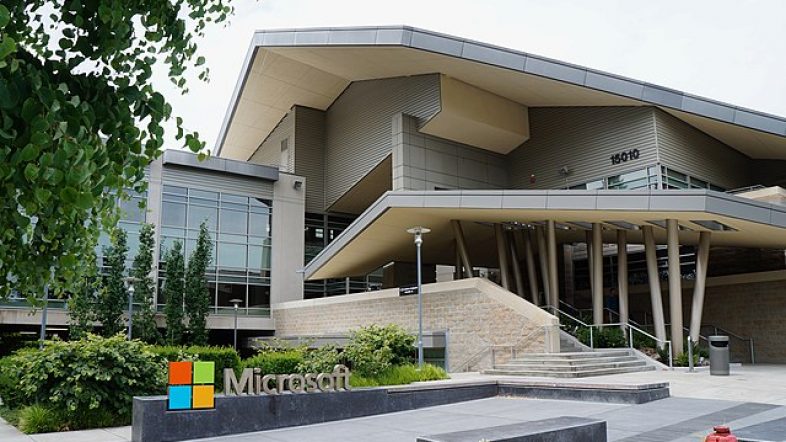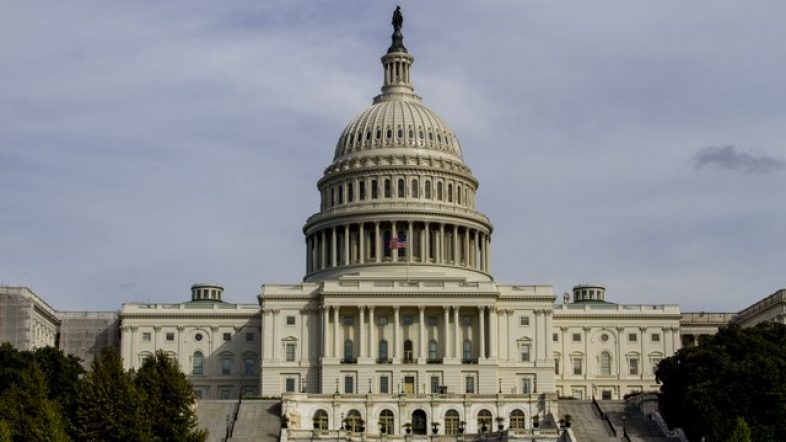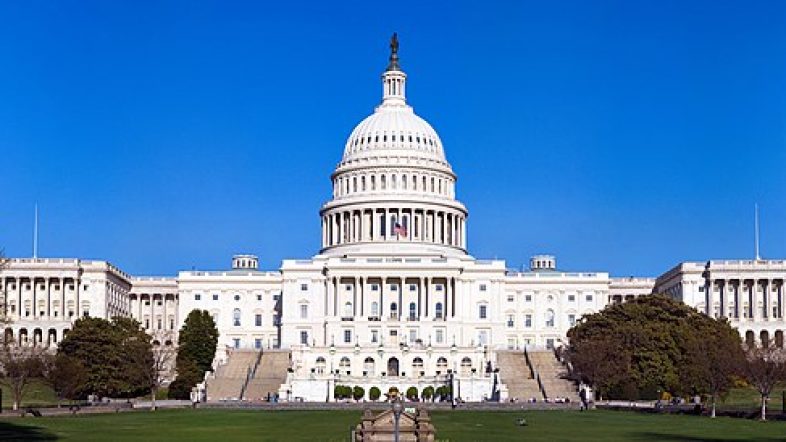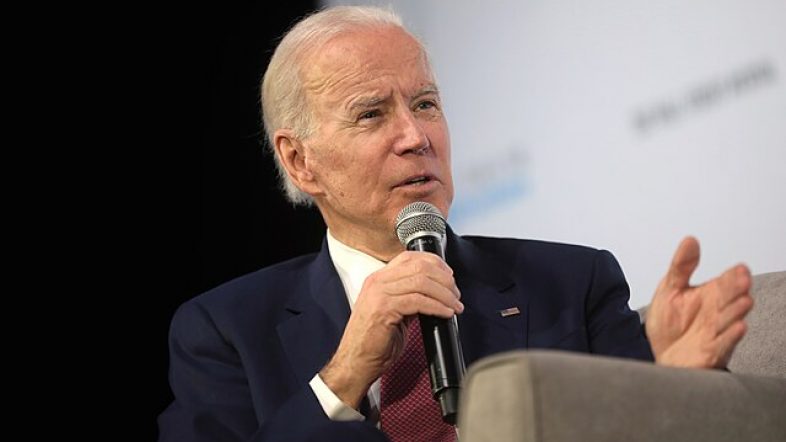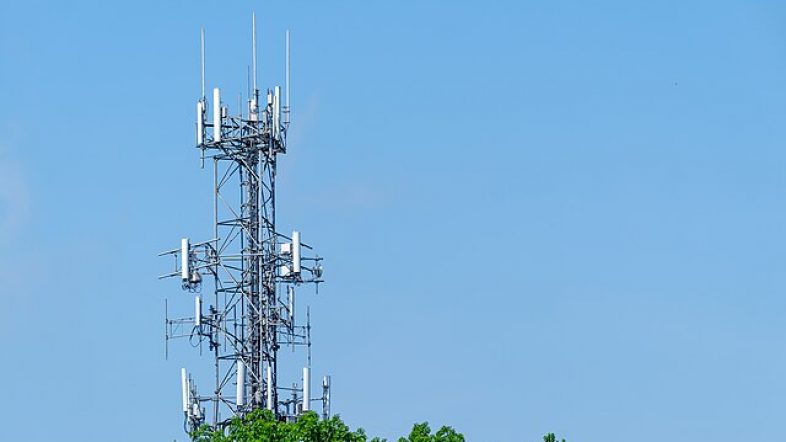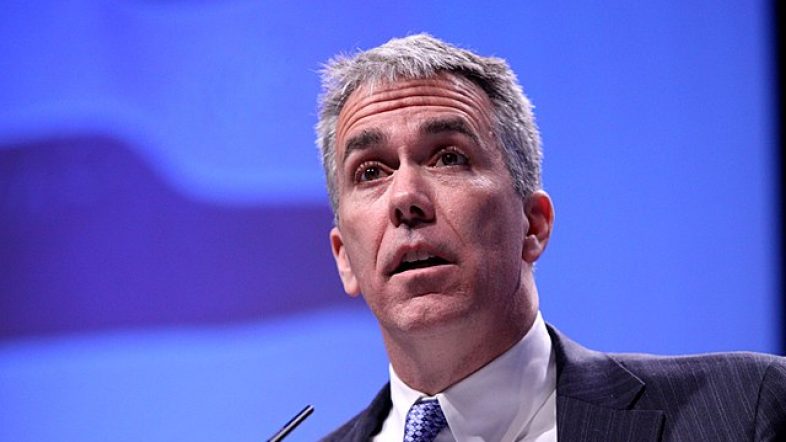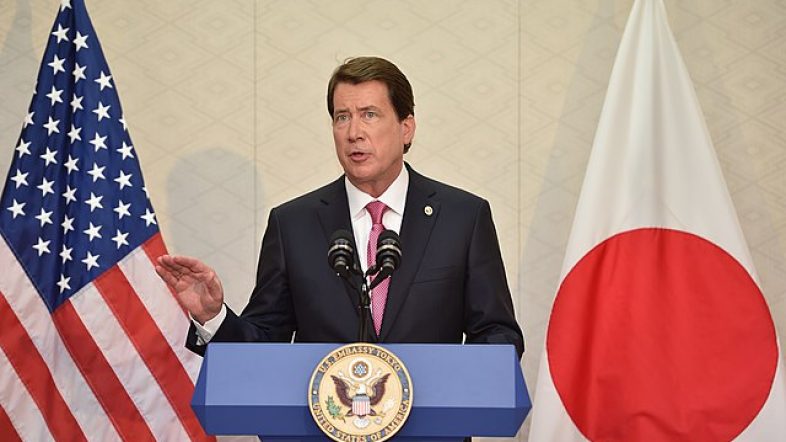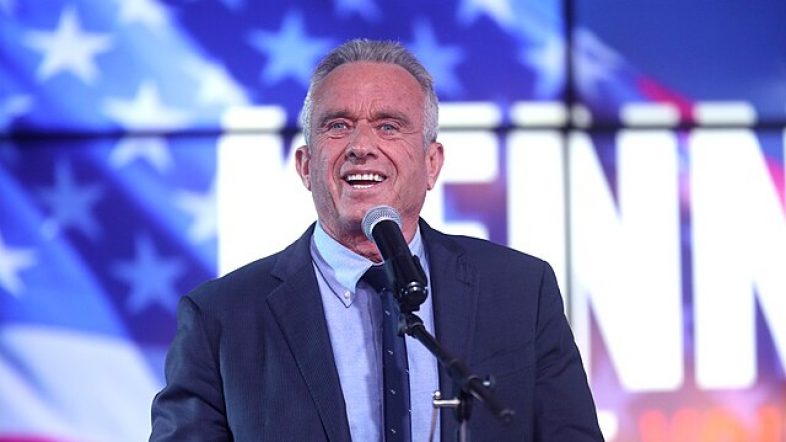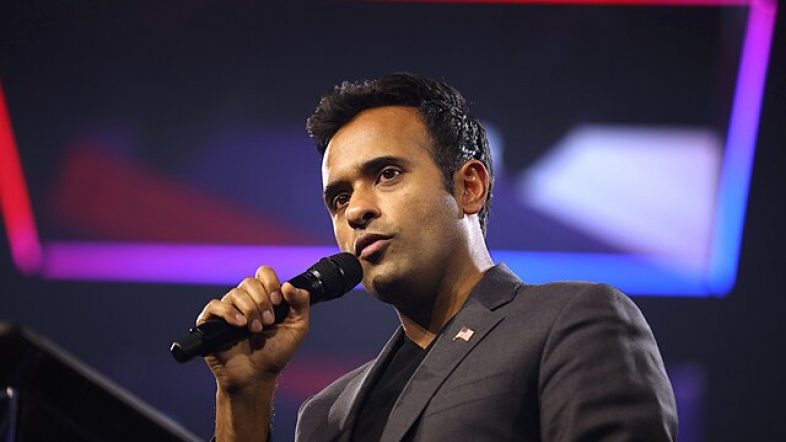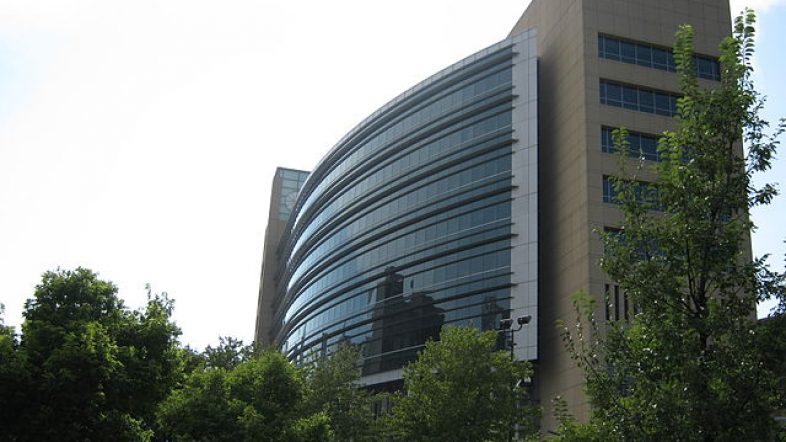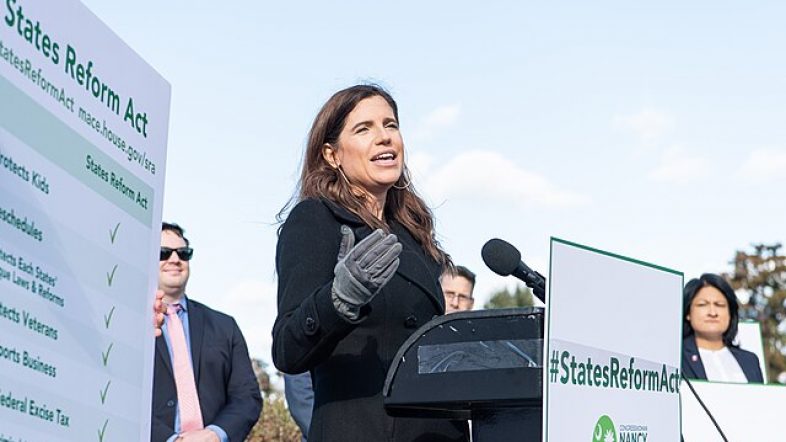Building 92 of Microsoft Redmond Campus_AmerBuilding 92 of Microsoft Redmond Campus_ican tech companies have positioned themselves as leading drivers toward a green economy for years, but those goals may be in jeopardy due to a new imperative: winning the artificial intelligence (AI) race.
Google and Microsoft — two major tech companies that have set ambitious green goals — both reported increases in their carbon emissions in recent years due in large part to new, power-hungry data centers that are needed to sustain the nascent AI boom. Though these companies have committed to reaching carbon neutrality or negativity by 2030, they appear to be forging ahead with their emissions-intensive AI ambitions out of an apparent desire to emerge as global leaders in AI capability, energy and tech experts told the Daily Caller News Foundation.
“A lot of the corporate virtue signaling around sustainability and reducing carbon is just that: virtue signaling. And computing power requires a lot of energy, energy that often can’t come from ‘renewable’ sources like wind and solar. You have to have fossil fuels,” Daniel Cochrane, a senior research associate for the Heritage Foundation’s Tech Policy Center, told the DCNF.
“Now that these companies are entering the AI race, they can’t just depend on low-capacity energy sources. They actually have to have immense computing power to train these AI models,” Cochrane continued. “Now that we’re at that point and we’re facing real competition — especially now in China — we have to make a decision: are we going to continue to virtue signal around energy, or are we going to allow our energy infrastructure to be built out sufficiently to be competitive on the world scale?”
Cochrane also stressed that there is a compelling national security interest for American tech companies to beat capable Chinese competitors in the AI race and earn a dominant position in the global AI market over the next 15 years or so. Part of that interest lies in AI’s huge commercial and culture-shaping potential, Cochrane said, and the technology will have dual-use military applications that could reshape how conflicts are fought and won, according to The U.S. Army University.
Mike McKenna, a GOP strategist and energy lobbyist, recently wrote about the Google report in his personal newsletter.
“Google’s demand for power — typically produced by natural gas-fired generation — overwhelmed their good intentions,” McKenna wrote. “The company did not seem particularly concerned about the failure to adhere to their own timelines. Nor should they be.”
In a July report, Google stated that its corporate emissions are up 48% relative to its 2019 baseline largely because of its growing fleet of data centers, while Microsoft disclosed in its own May report that its emissions have increased by 29.1% since 2020 for the same reasons.
Microsoft referred the DCNF to its May sustainability report and information about a private roundtable on power grid decarbonization that it hosted at its Seattle headquarters for some delegates attending the 2023 Asia-Pacific Economic Cooperation Senior Officials’ and Ministerial Meetings.
Between 2022 and 2023, nearly every regional power market in the U.S. has boosted projections for the amount of growth in energy demand the U.S. will need on a yearly basis over the ensuing five years, with growth rates expected to double some markets, according to The Wall Street Journal. Moreover, data centers could end up consuming up to 9.1% of all electricity generated in the U.S. by 2030, more than doubling their 2023 share of 4%, according to the Electric Power Research Institute.
While American electricity demand remained mostly stagnant from about 2001 to 2021, according to Forbes, Goldman Sachs anticipates that U.S. electricity demand will increase by about 2.4% between 2022 and 2030, with data centers driving an overall jump of about 0.9%.
Contrary to some of its AI competitors, Amazon has stayed on track with some of its ambitious climate initiatives, but the company has hinted that the AI boom may require it to adjust its approach to meeting others.
Amazon, which has a presence in the AI space through Amazon Web Services (AWS), announced in July that it has effectively offset or “matched” all of its power consumption — including that of its data centers — with 100% green energy. However, the company stated that AI-related power needs will require “different sources of energy than [it] originally projected” and that the firm will “need to be nimble and continue evolving [its] approach” in order to meet its 2040 goal for reaching actual operational carbon neutrality.
While AWS opted against tapping into a gas pipeline to power one of its data centers in Oregon in June, the company may still be turning to sources other than intermittent ones like wind and solar to meet its needs. AWS bought a nuclear-powered data center in Pennsylvania for $650 million in March, and the company was also reportedly reaching a deal to buy nuclear power directly from an East Coast plant owned by Constellation Energy in July, according to The Wall Street Journal.
“The prospective demand of AI data centers is massive,” Isaac Orr, vice president of research at Always On Energy Research, told the DCNF. “It’s going to be a challenge for these companies if they try to do this with wind, solar and battery storage, because I don’t think any of these companies want to power their data centers intermittently. So I think there will probably be more instances where coal plant closures are delayed, and new gas infrastructure and power plants are constructed in order to accommodate the load growth that we expect to come online in the coming decade.”
“You’re going to have to build stuff in order to meet this new demand,” Orr continued. “There’s just no way you can make everything else so energy efficient that you’re going to be able to use the existing infrastructure, and natural gas is kind of the only thing you can build right now.”
However, doing so may be easier said than done, especially in light of Biden administration regulations and inefficient permitting processes. The Environmental Protection Agency (EPA) finalized aggressive regulations for power plants in April that some experts warn will threaten grid reliability by forcing the retirement of reliable, fossil fuel-fired baseload _capacity and disincentivizing the construction of new gas plants at a time when data centers and policies pushing broad electrification are driving up long-term demand.
“It is estimated that data centers will require as much as 400 gigawatts of additional installed capacity in the next 10 years. That is an amount of electricity equal to the entire residential use of electricity in the United States. The average task given to artificial intelligence takes about ten times as much power as the average query to Google,” McKenna wrote in his newsletter. “To date, the data centers have shown a consistent preference for generation located on or very near their locations. As a practical matter, that means a substantial amount of natural gas generation — and pipelines to feed those power plants — will need to be built in a very compressed timeline, certainly within the next decade.”
“The reality is that the companies in question — like all of us — want to win this contest with communist China,” McKenna told the DCNF. “No one even wants to contemplate the alternative.”
Google and AWS did not respond to requests for comment.
Featured Image Credit: Building 92 of Microsoft Redmond Campus


